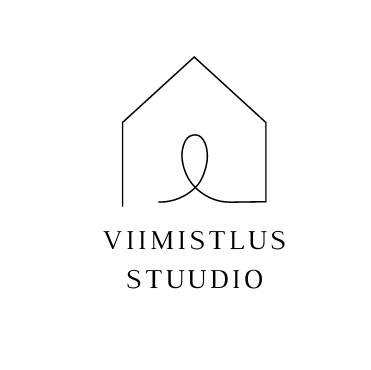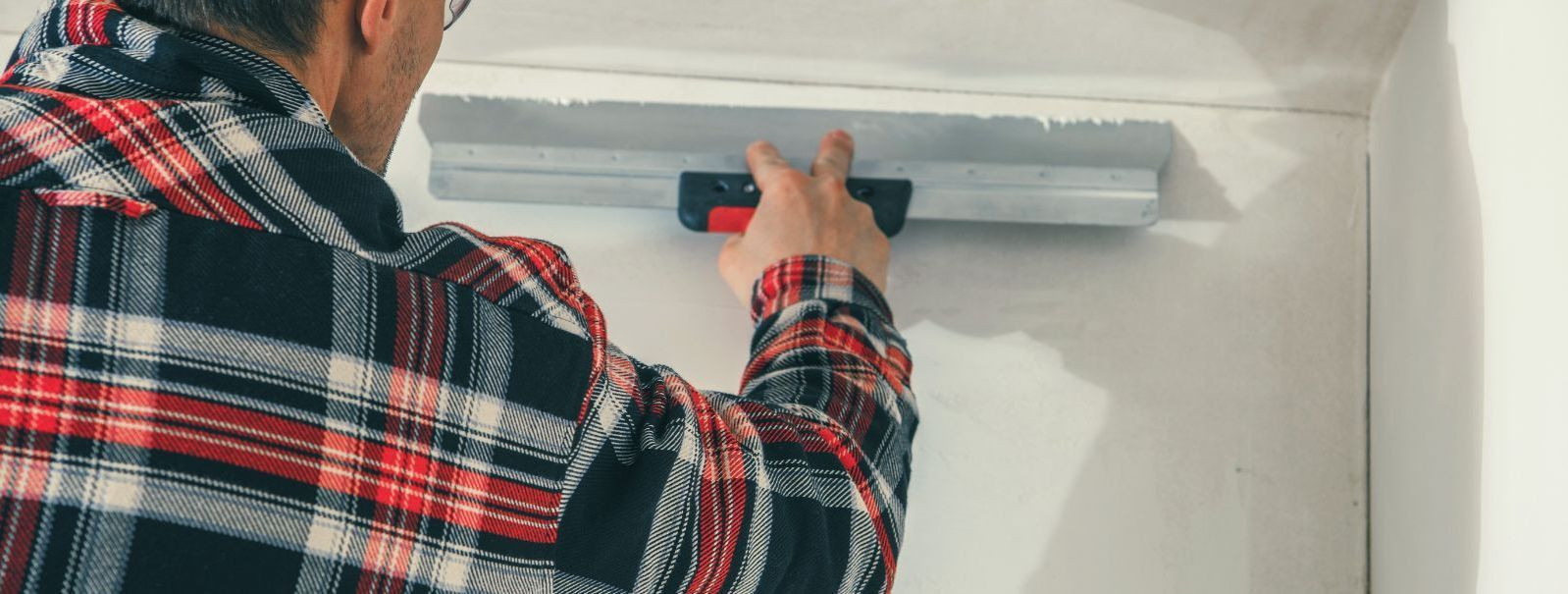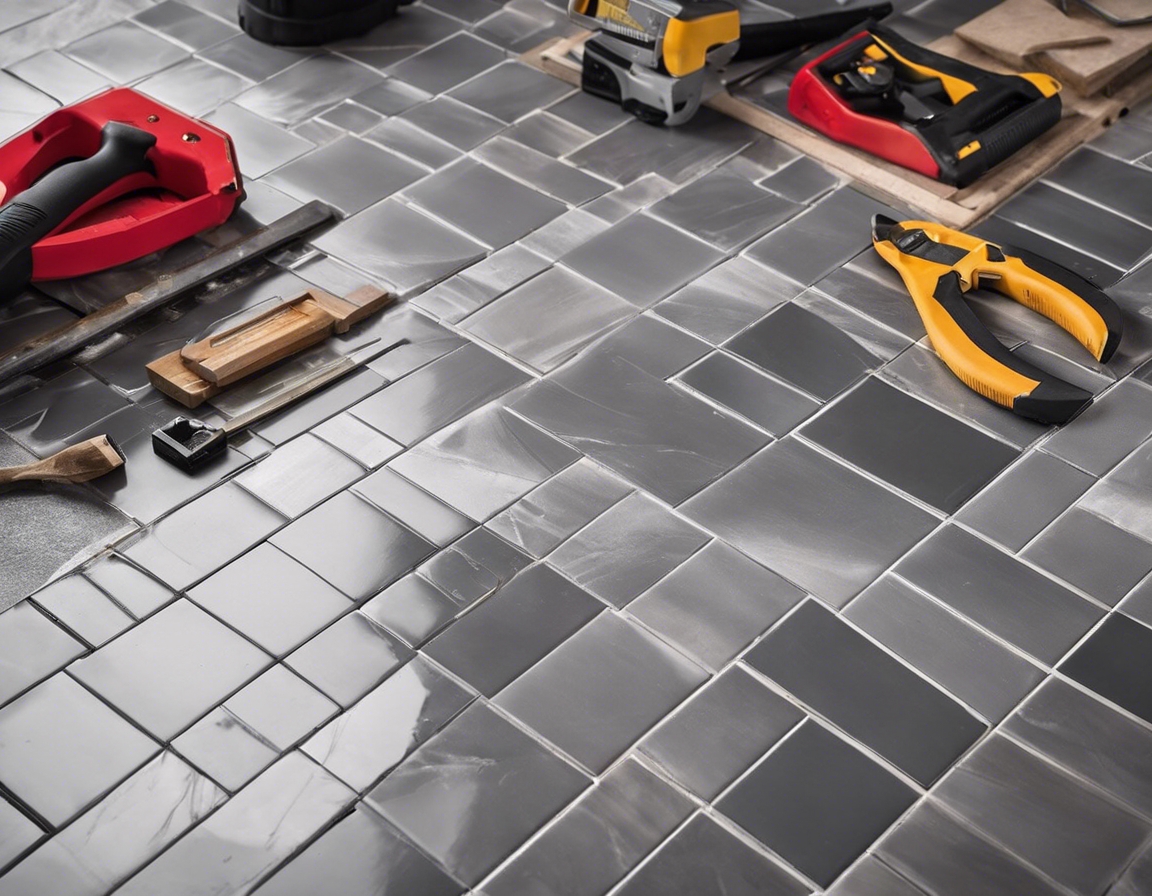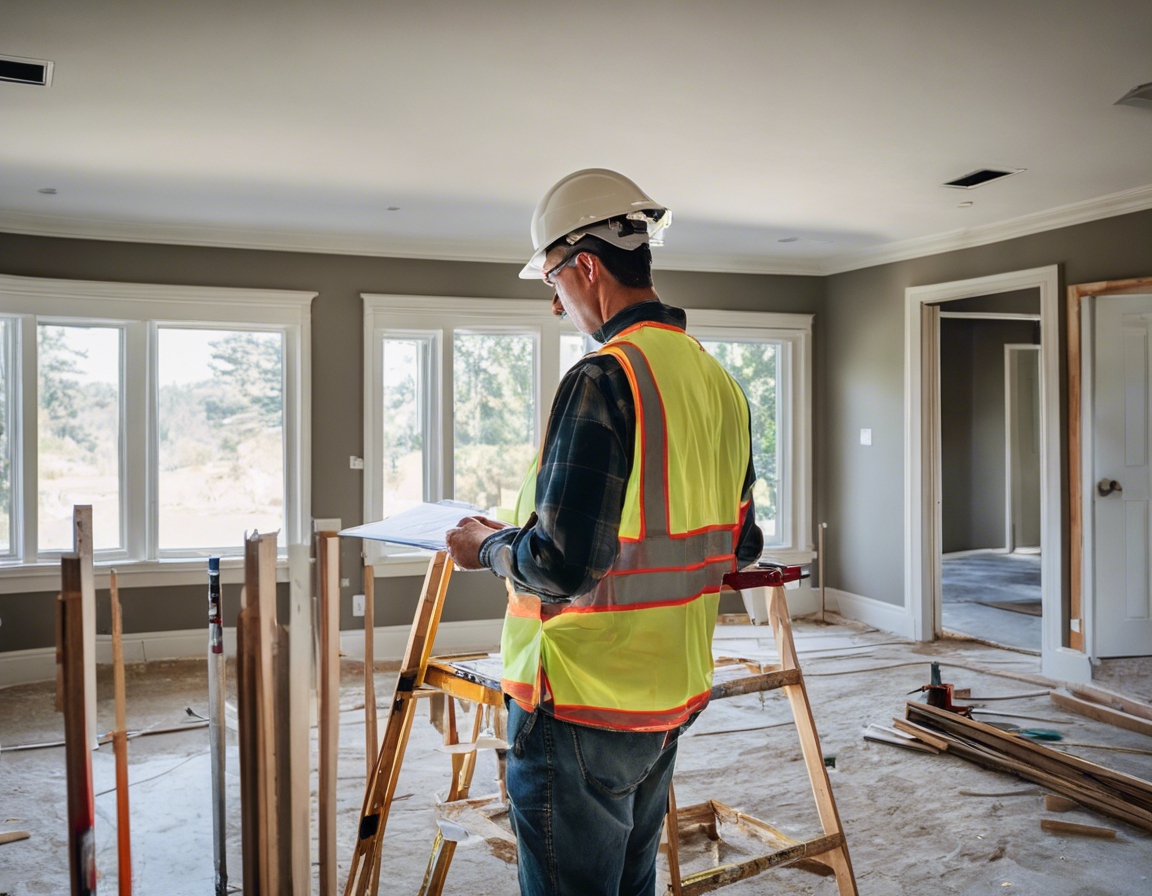Plastering 101: techniques for a flawless finish
Plastering is an ancient craft, perfecting the interior and exterior of our living spaces. It involves the application of plaster to walls and ceilings to achieve a smooth or textured surface that is ready for painting or decorating. Plaster can be made from various materials, including gypsum, lime, or cement, each with its unique properties and applications.
Proper plastering is crucial for several reasons. It not only provides an aesthetically pleasing finish but also contributes to the structural integrity of a building. A well-applied plaster can protect walls from moisture, improve fire resistance, and help with soundproofing.
Preparation for Plastering
Before beginning the plastering process, it is essential to assess the condition of the walls or ceilings. Any cracks, holes, or uneven surfaces need to be addressed to ensure a smooth finish.
Having the correct tools is vital for a successful plastering job. This includes trowels, hawks, mixers, and the appropriate type of plaster for the project at hand.
Protecting the work area is just as important as the plastering itself. Covering floors and furniture with drop cloths and securing the perimeter with masking tape can prevent unwanted splatter and spills.
Plastering Techniques
Mixing plaster to the right consistency is a critical step. The mixture should be smooth and creamy, without lumps, to ensure easy application and a strong bond to the surface.
The first coat, often called the scratch coat, is applied using a trowel and should be spread evenly. Keying the surface by scratching it lightly allows the next layer to adhere better.
After the first coat has set slightly, it's time to smooth and level the plaster. This is done with a straight edge or darby, removing excess material and filling in low spots.
Subsequent coats, including the brown coat and finish coat, are applied in thin layers. Each layer must be allowed to dry sufficiently before the next is added, with careful attention to smoothness and consistency.
Once the final coat has dried, sanding can commence to eliminate any imperfections. A perfectly smooth finish can be achieved by polishing with a trowel or a special plastering sponge.
Common Plastering Mistakes to Avoid
Failing to properly prepare the surface can lead to plaster not adhering correctly, resulting in a finish that may crack or peel over time.
Incorrect mixing ratios can compromise the plaster's durability and workability. It's essential to follow the manufacturer's instructions for the best results.
Poor application techniques can result in an uneven finish, visible trowel marks, or air pockets. Practicing proper trowel handling and application pressure is key.
Rushing the drying process between coats can cause cracking and weak bonds. Patience is a virtue in plastering, as each layer needs time to set properly.
Advanced Plastering Techniques
Decorative plastering is an art form that allows for creative expression on walls and ceilings. Techniques such as stucco, Venetian plaster, and textured finishes can add character and uniqueness to a space.
Repairing damaged plaster is a skill that involves careful removal of the damaged area, preparation of the surface, and application of new plaster in a way that blends seamlessly with the existing finish.
Each type of plaster has its specific application technique. For example, gypsum plaster is typically used indoors, while cement-based plaster is better suited for exterior surfaces due to its moisture resistance.






Comments (0)